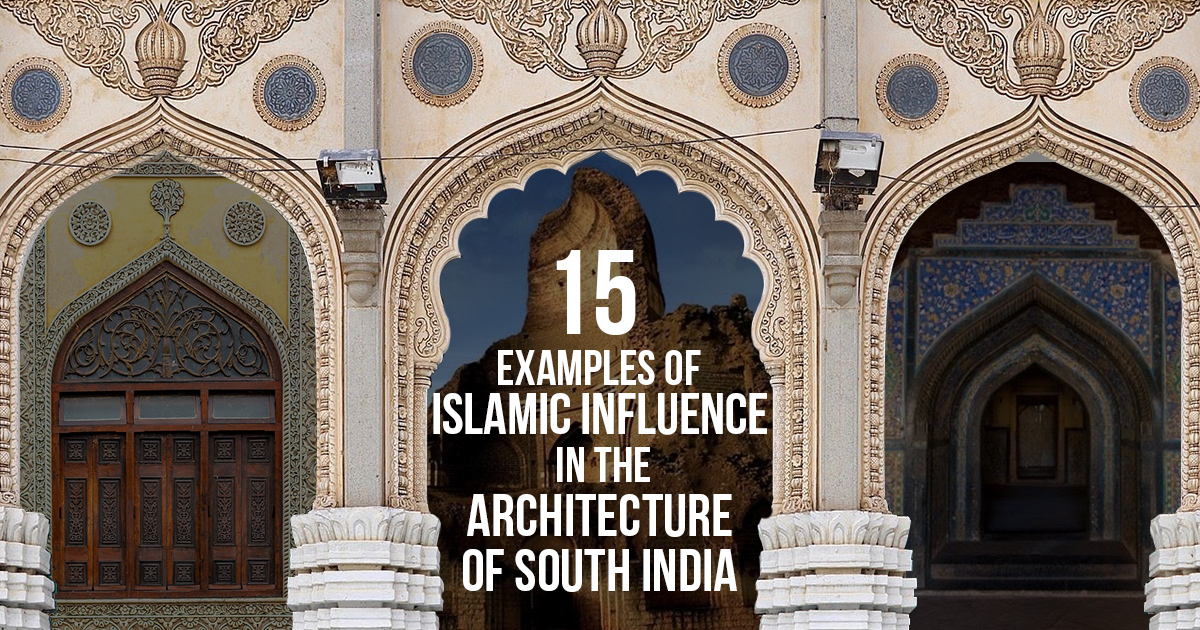What Are The Cultural Influences On Islamic Architecture?

Islamic architecture is renowned throughout the world for its breathtaking beauty and intricate detailing. From massive domes to towering minarets, Islamic architecture has left an indelible mark on the world of art and design. In this article, we will delve into the fascinating world of Islamic architecture and explore the various features that make it so unique and alluring.
Features of Islamic Architecture
The following are some of the key features of Islamic architecture that distinguish it from other forms of architecture.
1. Use of Geometric Patterns
One of the hallmarks of Islamic architecture is the use of intricate geometric patterns. These patterns can be found on everything from floors and walls to ceilings and minarets. The use of geometric patterns is believed to have originated with the Arab and Persian cultures that Islam absorbed in its early days.
The geometric patterns used in Islamic architecture often have symbolic meanings. For example, the hexagon symbolizes harmony and balance, while the eight-pointed star symbolizes regeneration and rebirth.
2. Calligraphy
Calligraphy is another prominent feature of Islamic architecture. Calligraphy refers to the art of decorative handwriting, and it is used extensively in Islamic architecture to add a unique visual element. Calligraphy is used to represent verses from the Quran, as well as various other religious texts and proverbs.
The use of calligraphy in Islamic architecture reflects the importance of the written word in Islam. The Quran, which is considered the word of God, is revered above all else in the religion.
3. Arches and Domes
Islamic architecture is also characterized by the extensive use of arches and domes. These architectural features have been used in Islamic buildings for over a thousand years and remain a defining element of the style today.
The arch and dome were originally Persian architectural elements that were adopted by the Islamic world. The arch was particularly useful in Islamic architecture as it allowed for wider open spaces without the need for supporting columns.
4. Use of Light
Islamic architecture makes extensive use of light, both natural and artificial. Light is used to create a sense of drama and atmosphere in Islamic buildings, and it can have symbolic meanings as well. For example, light shining down from a dome can symbolize the presence of God.
The use of light in Islamic architecture is particularly effective at night when the interplay of light and shadow creates a mesmerizing effect.
5. Ornate Decoration
Ornate decoration is another feature of Islamic architecture that sets it apart from other styles. Islamic buildings are often decorated with intricate reliefs, geometric patterns, and calligraphy. These decorative elements can be found on everything from walls and ceilings to doors and windows.
The use of ornate decoration in Islamic architecture is a reflection of the religion's emphasis on beauty and aesthetics. It is also a reflection of the importance of the decorative arts in Islamic culture, which has a rich tradition of calligraphy, textiles, and ceramics.
6. Minarets
Minarets are tall, slender towers that are a defining feature of Islamic architecture. These towers are used to call the faithful to prayer and often have a distinctive shape that sets them apart from other types of architecture.
Minarets were introduced in the 7th century and have been a prominent feature of Islamic architecture ever since. Some of the most famous examples of Islamic minarets can be found in countries like Turkey and Iran.
7. Courtyards
Courtyards are another feature of Islamic architecture that are both functional and beautiful. Courtyards provide a way to create open spaces within buildings, and they also serve as a way to control temperature and air flow.
Islamic courtyards are often decorated with fountains, trees, and other elements that make them both visually appealing and functional. Courtyards are particularly important in Islamic architecture as they provide a source of shade and coolness in hot climates.
8. Water Features
Water features are another prominent element of Islamic architecture. Fountains, pools, and other water features are often found in Islamic courtyards and gardens, and they are used to create a sense of tranquility and calmness.
The use of water in Islamic architecture is also symbolic. Water is seen as a purifying element in Islam and is often used in rituals and ceremonies.
Conclusion
Islamic architecture is a rich and diverse art form that has captivated people for centuries. From the intricate geometric patterns to the towering minarets, Islamic architecture is a feast for the senses. Whether you are an artist, a historian, or simply an admirer of beauty, Islamic architecture has something for everyone.
FAQ
What are some famous examples of Islamic architecture?
There are numerous famous examples of Islamic architecture around the world. Some of the most well-known examples include the Alhambra in Spain, the Taj Mahal in India, and the Dome of the Rock in Jerusalem.
What is the significance of calligraphy in Islamic architecture?
Calligraphy is an important part of Islamic architecture as it represents the written word of God. The Quran, which is considered the word of God, is written in calligraphy, and the style has been used extensively in Islamic architecture to add a unique visual element.
What is the significance of courtyards in Islamic architecture?
Courtyards are an important feature of Islamic architecture as they provide a source of shade and coolness in hot climates. They also serve as a way to control temperature and air flow within buildings. Additionally, courtyards provide a way to create open spaces within buildings, which can be used for a variety of purposes.




Post a Comment for "What Are The Cultural Influences On Islamic Architecture?"